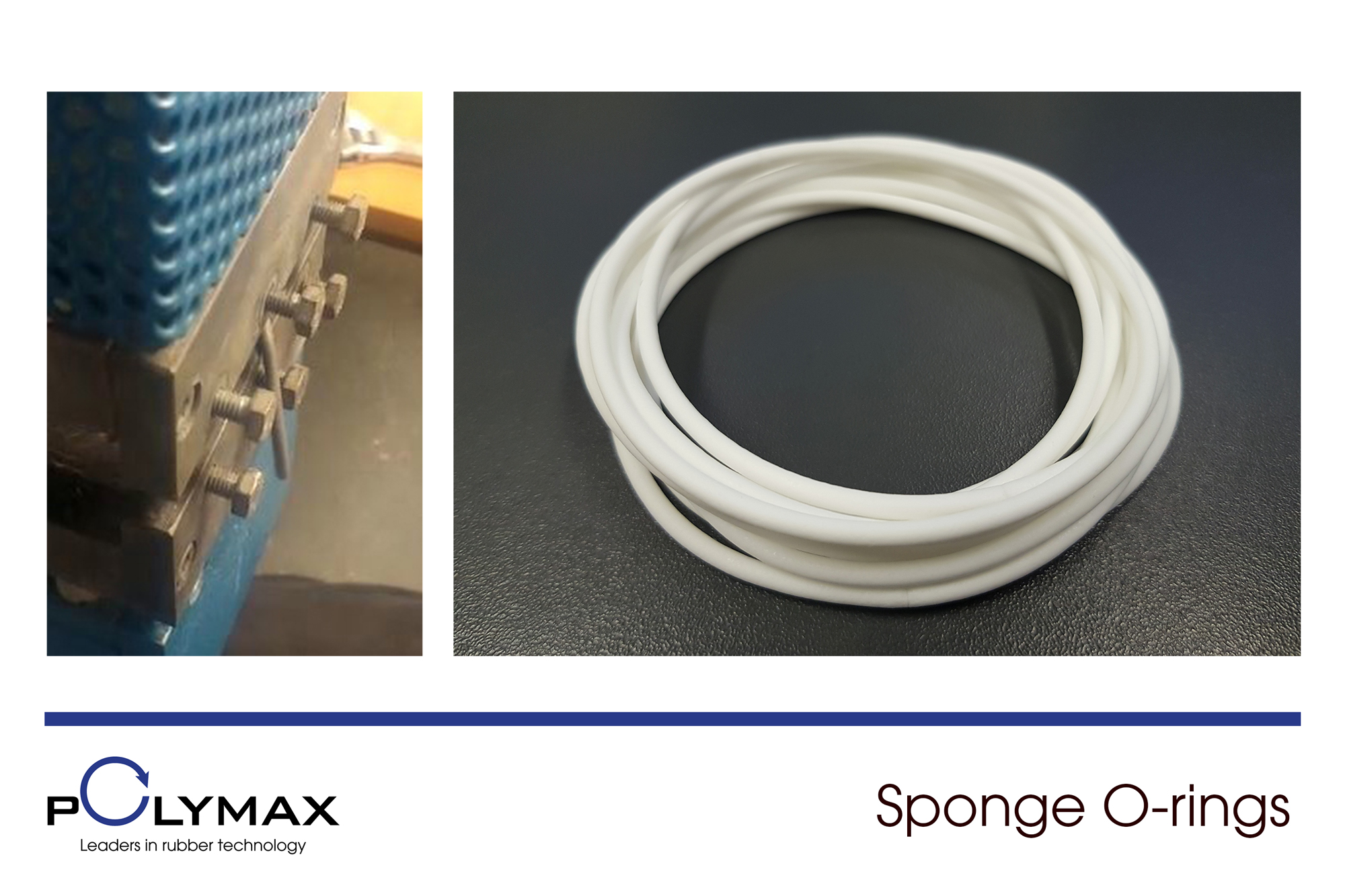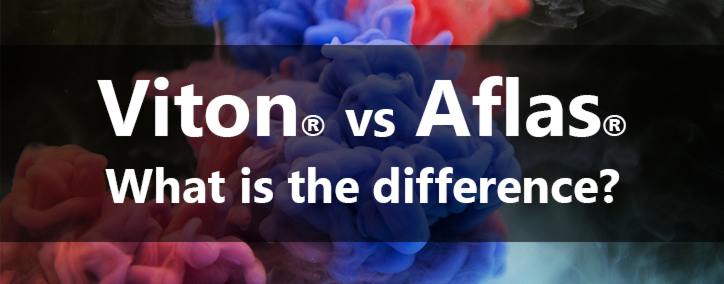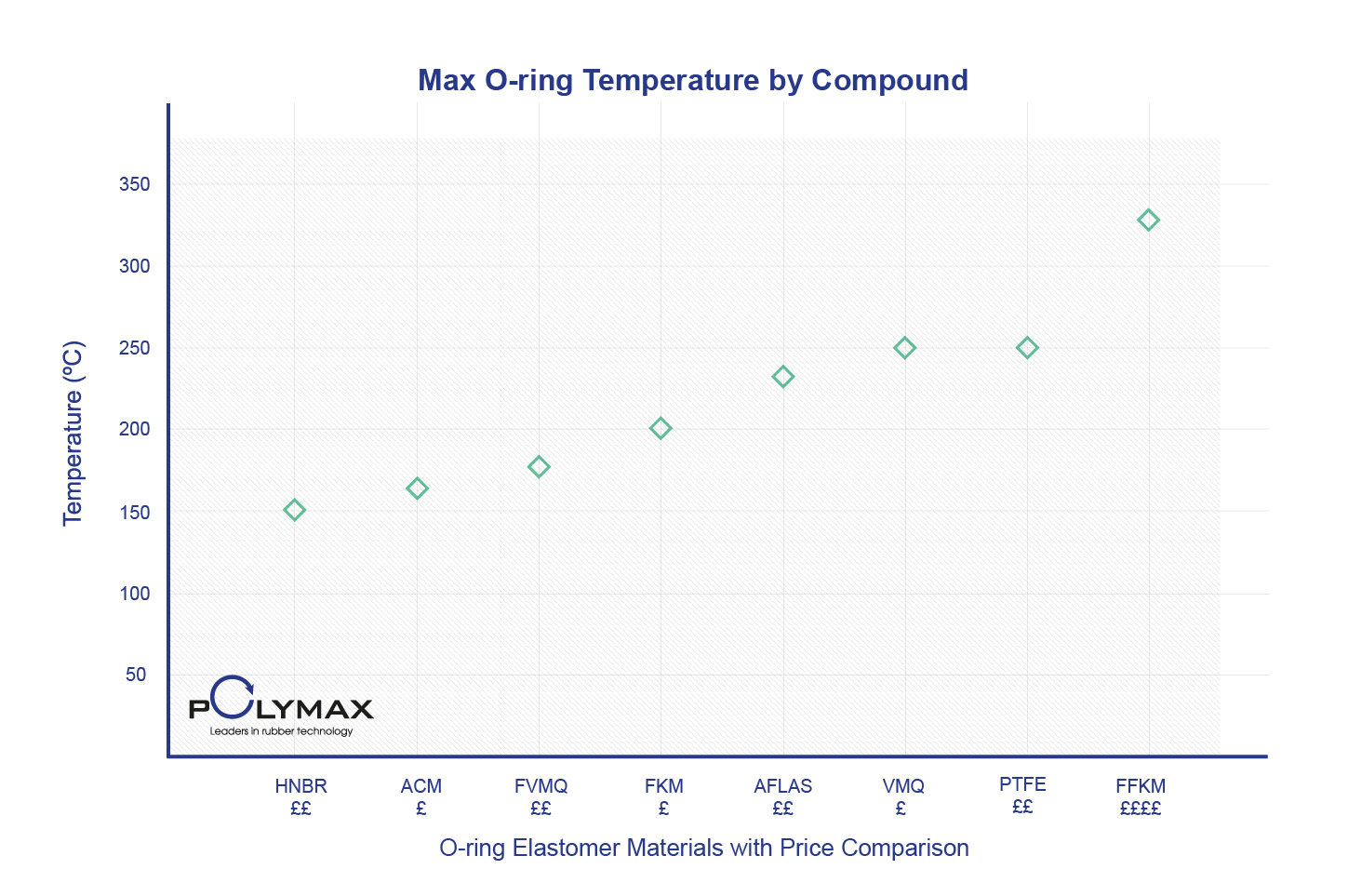Difference between MQ, VMQ, PMQ and FVMQ
Silicone rubber is known by several terms which can lead to misinterpretation. Firstly, the ISO (International Organisation for Standardisation) uses the abbreviations of MQ, VMQ, PMQ and FVMQ. Conversely, ASTM (American Society of Testing and Materials) uses its own designations of GE, FC, FE and FK. For this reason, we will explain the structural differences indicated by these terms and the unique properties they provide.
Silicone is the preferred material for use with food, medical and aerospace industries due to its great flexibility, thermal stability, low toxicity, resistance to oxygen, ozone and UV, as well resistance to microbiological growth. It offers the widest temperature range of all O-ring materials from -55°C to 200°C as standard, with specially compounded versions ranging from -115°C to +232°C.
 Czytaj dalej →
Czytaj dalej →




 This article will outline the main differences between Aflas® vs Viton® O-rings. Customers typically request FKM or FFKM for harsher working conditions. However, choosing a lesser known compound can save a lot of money in the long term
This article will outline the main differences between Aflas® vs Viton® O-rings. Customers typically request FKM or FFKM for harsher working conditions. However, choosing a lesser known compound can save a lot of money in the long term
 Nitrile vs Viton®
Nitrile vs Viton®